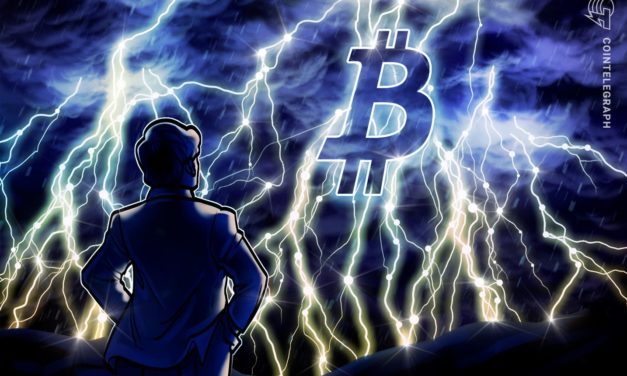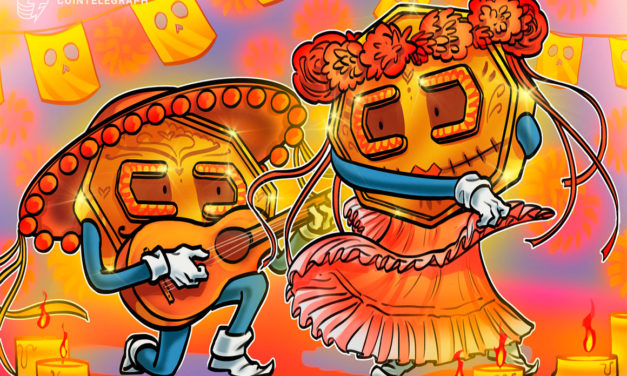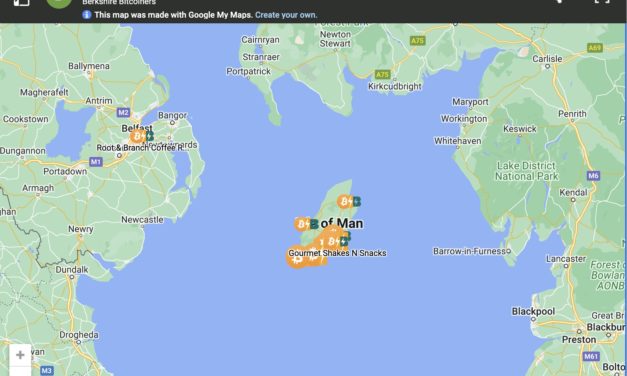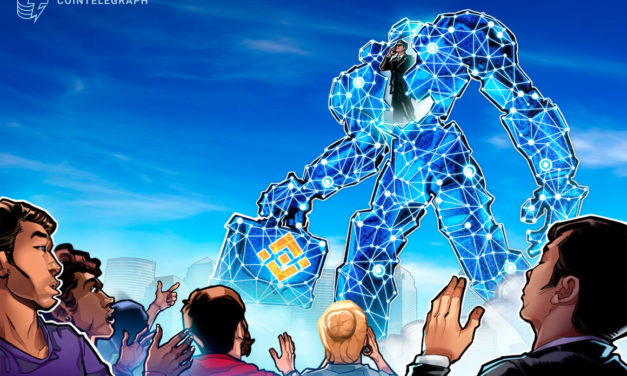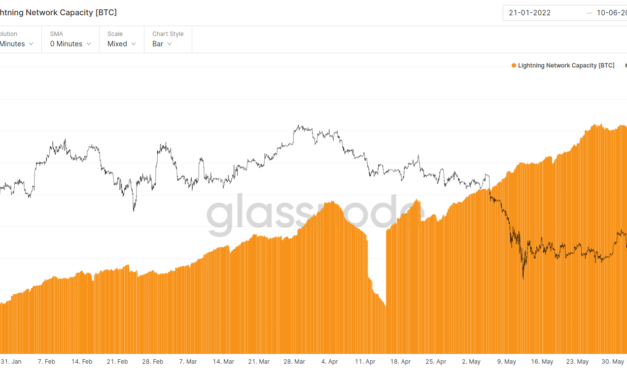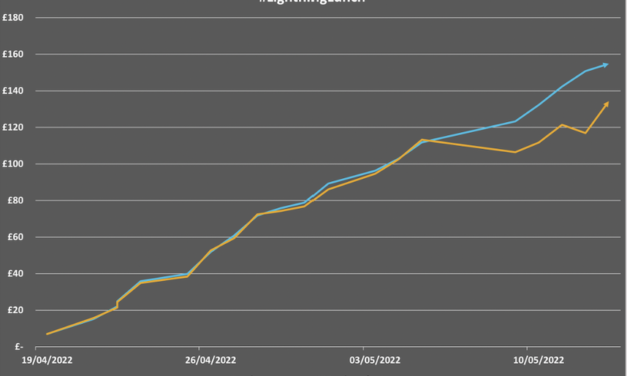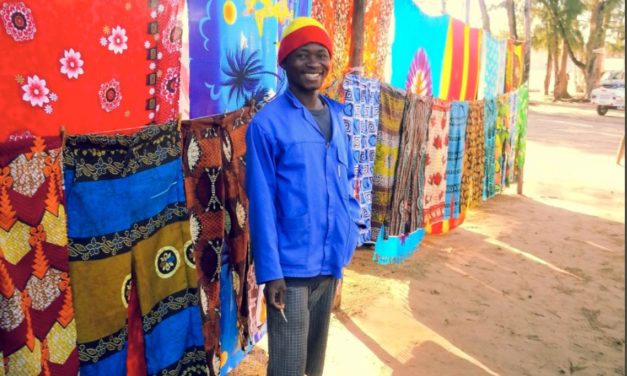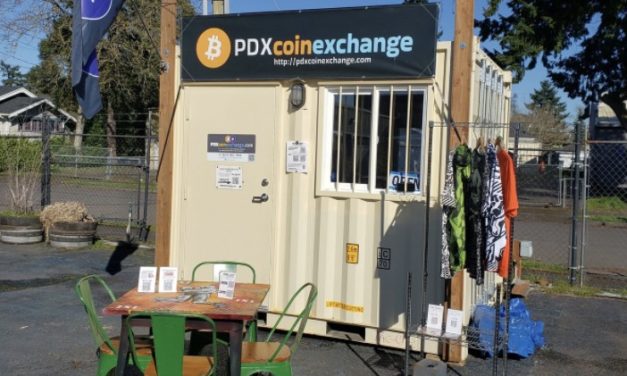Bitcoin adoption in Mexico boosted by Lightning partnership with retail giant
“Imagine if Best Buy, Bank of America, Fox News and an NFL team were all owned by the same individual. All of them will have lightning capabilities in the future,” Jose Lemus, CEO of Ibex Mercado, told Cointelegraph.
Čítaj viac

